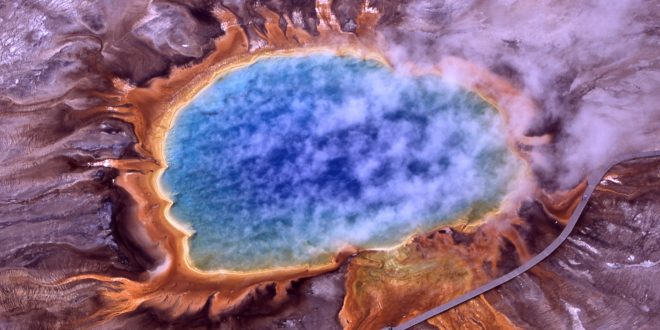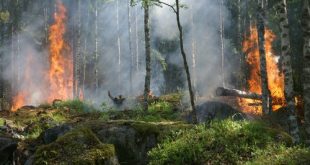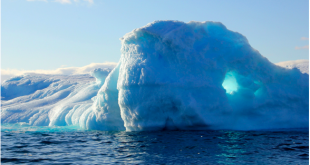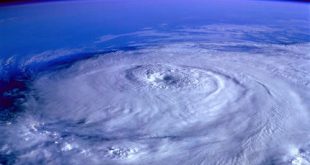By Annabelle Law
Yellowstone was the first ever established American national park in 1872. Inside its boundaries lay a vast natural world. It is home to 322 species of birds, 70 different mammals, and 1100 species of native plants. Visitors can explore a range of geological wonders, such as geysers, calderas, waterfalls, and thermophiles. Scenic trails and breathtaking views are at no shortage in Yellowstone national park.
Yellowstone, and many other national parks, are all managed by the National Park System. Their mission is to preserve “unimpaired natural and cultural resources” for the “enjoyment, education, and inspiration of future generations.” As the world gets more populated, there starts to be limited opportunities to enjoy the great outdoors. National parks are, without a doubt, a “priceless public asset.”
Those who have been to national parks have seen the natural beauty of America. National parks include a wide variety of natural marvels. From one of the oldest mountain ranges, to sandstone arches, to deep canyons, to jagged coastlines…national parks have the ability to inspire because they are sanctuaries for the people. According to the National Parks Association, people who have submerged themselves in a natural environment are more likely to have a positive psychological effect. This can mean that stress is reduced or even a higher degree of mental and social stimulation. Especially in children, who usually take away the unforgettable experience of exploring the outdoors.
Besides the emotional benefits, these parks substantial economic, cultural, and natural value. According to Headwaters Economics, tourism relating to the national parks contribute billions regional economies and create more private sector jobs. With tourism, local businesses are able to thrive and grow. Moreover, many cultural groups gain acknowledgement from museums located in these parks. Within these parks are fragile areas: areas of history extending beyond thousands of years ago. In order to fully appreciate something, it is important to know the roots of the land and how it came to be. Lastly, national parks are a stronghold of biodiversity. Each species, no matter how small or big, has an important role in its local ecosystem and in the grand scheme of things.
Next time you plan for a vacation, consider visiting one of the unique national parks. Promote health, exploration, and the earth!
Cited Sources:
“Economic Benefits of Parks.” Why Preserve Farmland? : ConservationTools, conservationtools.org/guides/98-economic-benefits-of-parks. Accessed 4 Sept. 2018.
“Why Are National Parks Important.” National Parks Association of NSW, 2 Mar. 2017, npansw.org/what-we-do/why-are-national-parks-important/. Accessed 4 Sept. 2018.
“NPS.gov Homepage (U.S. National Park Service).” National Parks Service, U.S. Department of the Interior, www.nps.gov/index.htm. Accessed 4 Sept. 2018.
 Tempus Magazine By Students, For Students
Tempus Magazine By Students, For Students 



